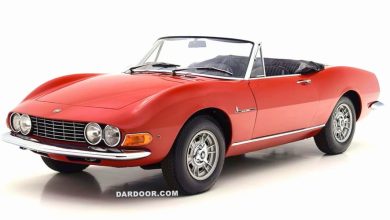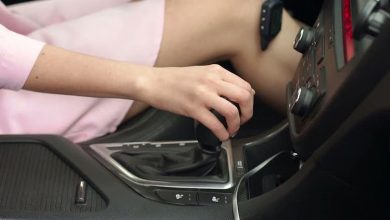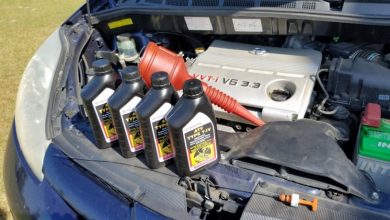Without regular cleaning, conditioning and treatment, a vehicle’s shimmering exterior is prone to fading, cracking and peeling. The paintwork can also be affected by UV damage, road grime and bird droppings.
How often a vehicle needs to be cleaned and detailed is dependent upon how often the vehicle is driven, the conditions it’s exposed to and the length of time it spends sitting under the sun. It’s more about getting the most protection onto the surface and creating a barrier against things that can harm the paintwork. We recommend using a Premium Car Wash, which sets you up with everything you need to ensure the inside and outside of your car is clean, sparkling & tidy.
Check your headlight lenses; if the lens isn’t glass, the chances are high that it will have a glazed look. A simple application of a light cut and polish should clear the worst of it; you can purchase a cleaning kit or leave it to a professional detailer if required. But headlight replacement may be required if the lenses don’t recover.
Interior
Unless you park next to a giant dehumidifier, the chances are that some moisture has entered your vehicle over the winter months, especially if you park outdoors.
Portable moisture absorbers like Damp Rid are great; just pop one inside the vehicle for a few days and you’ll be amazed at how much moisture is removed. Alternatively, wait for a hot sunny day, open all the doors and let the sun do its work.
Give internal surfaces a clean with automotive wet wipes to get rid of dust and grime, especially around frequented areas like cup holders. Try to avoid shiny silicones on the dash under the windscreen, as they may cause the surface to reflect the sun more than normal. If you’re using a spray, be careful not to smear the inside of the glass.
Did you know that the average Ontario motorist can spend up to 20 working days each year in a vehicle stuck in traffic alone, and that’s not even including driving time?
Check for any empty drink bottles or coffee cups lying around. Vehicles can quickly become cluttered with rubbish, circulars, clothing and who knows what else. Clutter not only diminishes the appeal of the vehicle, but it also creates a safety hazard in the event of an emergency. If you don’t have a suitable vacuum cleaner, you can use the commercial ones located at most service stations for just a few dollars.
The biggest source of clutter can come from items that are only needed temporarily. We’re talking sports equipment, camping gear, and the odd road trip supply. Keep these items in convenient containers and store inaccessible areas of your home or garage. The easier these items are to access (load and unload), the more inclined you will be to only bring these along when they’re needed. Removing heavier items will also improve fuel economy.
For safety purposes, ensure the driver’s area is a clutter-free zone. Nothing should be able to fall near the driver’s feet and impede the use of the pedals. If you’re in the habit of kicking off your footwear, make sure they are well under your seat, or better still, pop them behind.
Floor mats also need to be considered. If you have more than one, they’re not secured or not the correct fit, the mat can affect pedal operation which can sometimes hinder the brake or unintentionally press the accelerator pedal.
Clutter in a vehicle is not just a physical nuisance – it can affect your ability to focus. Keeping your vehicle organized not only looks and feels good, but it can increase mental concentration on the road and reduce stress.









